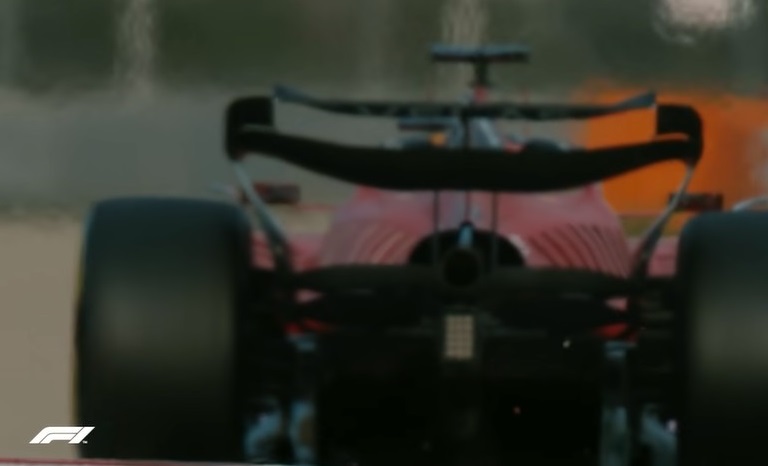f1316 wrote: ↑26 Feb 2022, 00:55
ryaan2904 wrote: ↑25 Feb 2022, 13:56
Andi76 wrote: ↑25 Feb 2022, 13:49
In reality McLaren copied Rory Byrne with these sidepods. Rory did this on the B195 and F399 more than a decade before. Interesting is that Rory Byrne was advising Ferraris Design Departement for this car.
I wish Rory wasn't as old as he is. Rory vs Newey would be a sight to see.
I think we had Rory vs Newey ~1994-2006 (ish). I think a case could certainly be made that Rory’s cara came out on top for more years than they were behind - albeit lots of factors play into that (eg Eddie Irvine would say that Michael was the only one able to win outside a Newey car for much of that period).
A lot of factors played into this indeed. Windtunnel time was essential. Williams, the team Newey designed the cars for, had its own 50% rolling road windtunnel. And that was a huge advantage, because Newey was able to spend much more time in the windtunnel than other designers, who had to rent windtunnel-time. Benetton rented a Windtunnel at Farnborough untill they built their own one(the Renault/Alpine tunnel of today) in 1998. The Ferrari windtunnel was not fully operational before mid 1999 and the F1-2000 was the first car completely built in this new windtunnel. The Rory cars following, the F2001, F2002, F2003 GA and F2004 - were without a doubt, superior to the cars Newey built at McLaren, and other drivers than Schumacher were able to win in these cars than Schumacher. Obviously. Even Irvine himself was able to - in 1999 he almost won the championship outside a Newey built car...by the way - the last car that was actually designed by Rory was the F2004. The F2005 was designed by Aldo Costa, as was the F248 and the F2007. Rory just got more active in the design again after the disastrous 2005 Season. He gave more guidance again in the design of the F248 and F2007(but they were still designed by Aldo, not Rory).
But as you said - a lot of factors played into that. Rory had disadvtanges when he designed the Benettons, because he had less time in the windtunnel than Newey. 2001-2004 Newey had a disadvantage because his relationship to Ron Dennis had suffered and Dennis had put a system in place that harmed Neweys creativity and Neweys influence was restricted. Its always a lot of factors that are important while designing a F1 Car. Infrastructure, Resources, Teamstructure and Harmony within the Design Team certainly are a few of them. But i think its fair to say that in that era the Byrne/Newey cars were the ones to beat and Byrne and Newey were without a doubt the best Designers of this era.









